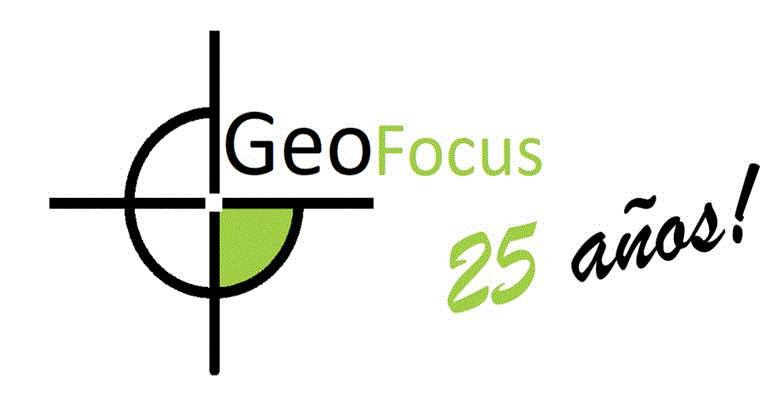Influence of distance decay on the measurement of spillover effects of transport infrastructure: a sensitivity analysis
Palabras clave:
Accessibility, market potential, spatial spillovers, GIS, distance decay, sensitivity analysisResumen
The market potential model is frequently used to analyse conditions relating to the accessibility of an area. In recent times, it has also been applied for evaluating spatial spillovers produced by infrastructures. However, the results of this indicator are influenced by the distance exponent value, representing the effect of distance decay on economic flows. In order to justify the choice of distance exponent value, the model is calibrated using data on interregional trade, both in tonnage and in Euros. This study also analyses how variation in the distance exponent affects the results obtained, with respect to spatial spillovers. As a previous step we also look to the influence of this exponent on the market potential results. The sensitivity analysis indicates that an increase in the distance exponent leads to a dramatic fall in the market potential of different areas (at the same time as the self-potential value increases in relative terms). This drop in market potential is particularly marked in regions with smaller internal markets and this translates into greater differences between regions. Moreover, the spatial range of exported spillovers is reduced with an increase in the distance exponent, although the general tendency of the geographical distribution of spillovers remains relatively stable. Generally speaking, the analysis of monetised spillovers gives much more stable results than the analysis of market potential.Descargas
Cómo citar
Número
Sección
Licencia
©Los autores de los artículos y demás contribuciones publicadas en GeoFocus mantienen íntegros los derechos de propiedad intelectual sobre los mismos. Los autores y la entidad editora autorizan la reproducción total o parcial de los contenidos de la revista con estas condiciones:
1) Mencionar expresamente la autoría y la referencia de la publicación original.
2) No realizar un uso comercial o lucrativo de los mismos. En caso de ser así, debe contactarse con los autores para realizar los oportunos acuerdos.
3) Los autores/as conservan los derechos de autor y ceden a la revista el derecho de la primera publicación, con el trabajo registrado con la Licencia Creative Commons Atribución-NoComercial-SinDerivar 4.0 Internacional, que permite a terceros utilizar lo publicado siempre que mencionen la autoría del trabajo y a la primera publicación en esta revista.
4) Se permite a los autores difundir electrónicamente (por ejemplo, en repositorios institucionales o en su propia página web) la versión publicada de sus obras, ya que favorece su circulación y difusión más temprana y con ello un posible aumento en su citación y alcance entre la comunidad académica.
